
Reading Time: 5 minutesLet me begin this review with full disclosure: the 2025 Toyota Tacoma TRD Pro Hybrid featured
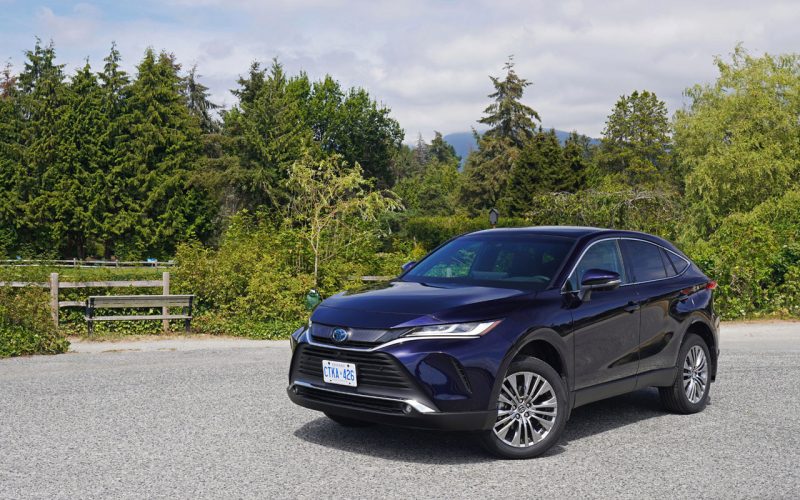
Reading Time: 13 minutesIt’s been about a year since I got back behind the wheel of Toyota’s completely rethought
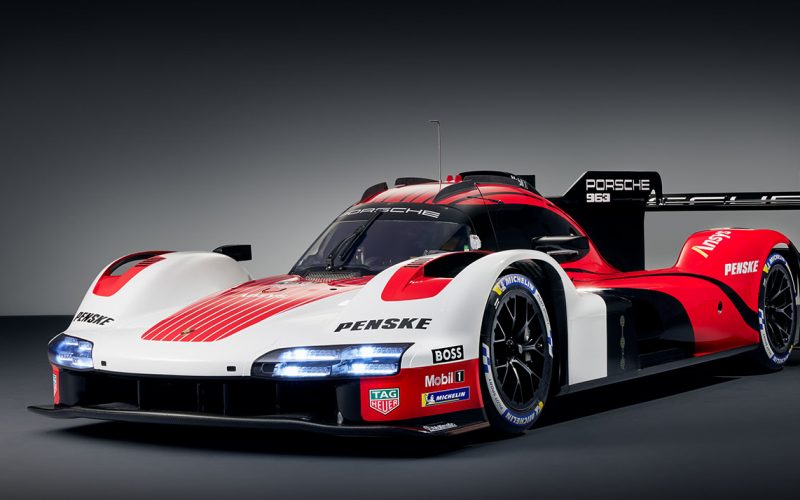
Reading Time: 3 minutesThe Goodwood Festival of Speed, based in Chichester, West Sussex, has become the U.K.’s must-go annual
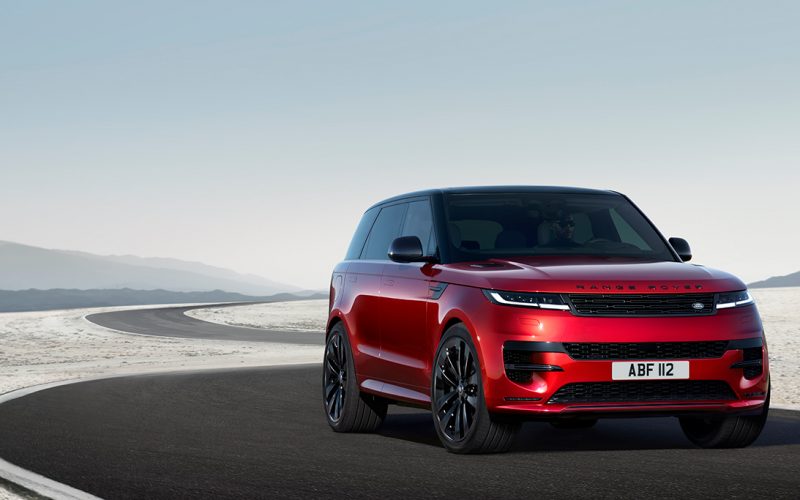
Reading Time: 9 minutesLand Rover has just pulled the wraps off its third-generation Range Rover Sport (compare it to
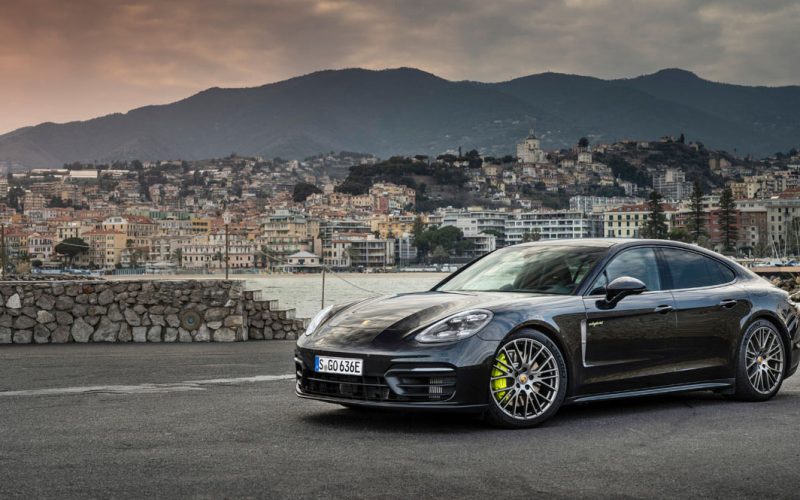
Reading Time: 2 minutesWith electric-only mobility ranging from 30 to 50 kilometres, most plug-in hybrid buyers won’t be expecting
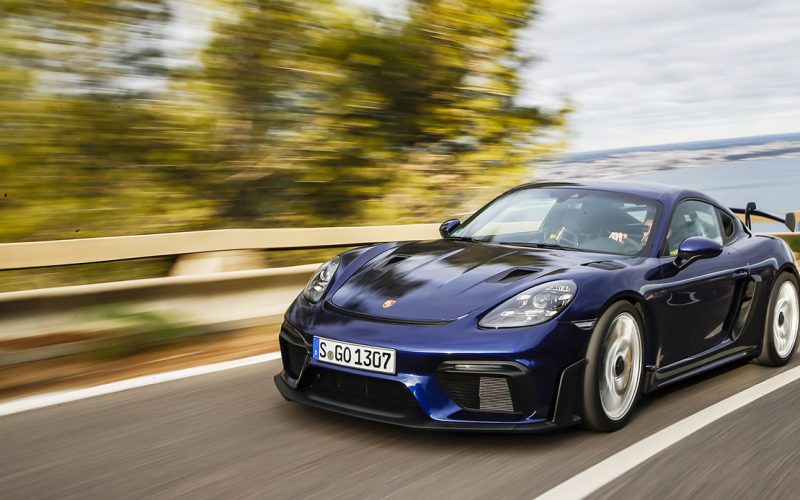
Reading Time: 2 minutesLike it or lump it, both 718 models’ horizontally opposed “lumps” are getting tossed when the
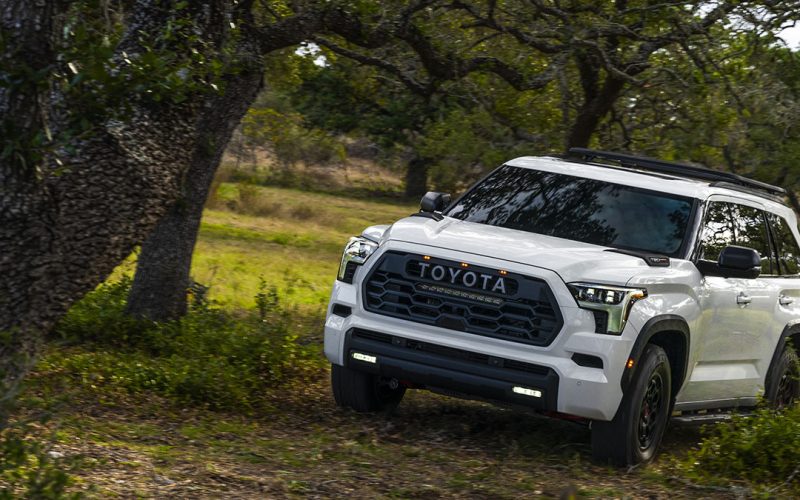
Reading Time: 9 minutesThink back to 2008. It’s not a year everyone will remember fondly, due to the housing
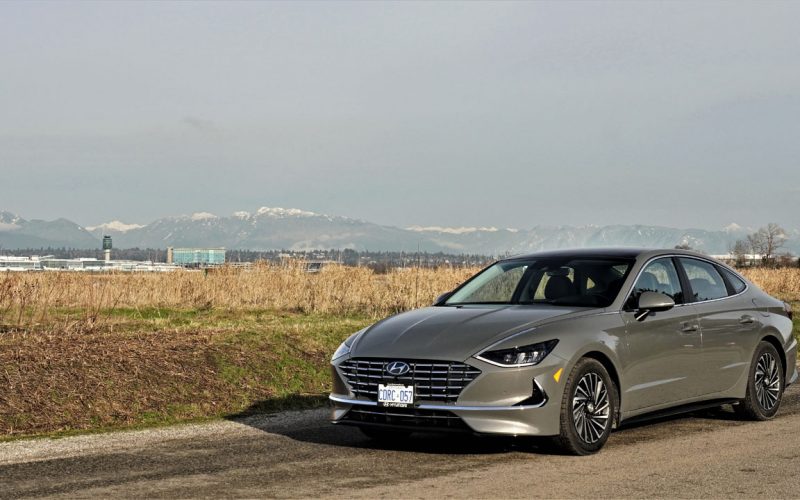
Reading Time: 9 minutesThe mid-size sedan might be a dying breed, especially in Canada where they’ve never been as
© 2025 The Car Magazine. All Rights Reserved, Privacy Policy | Terms of Use